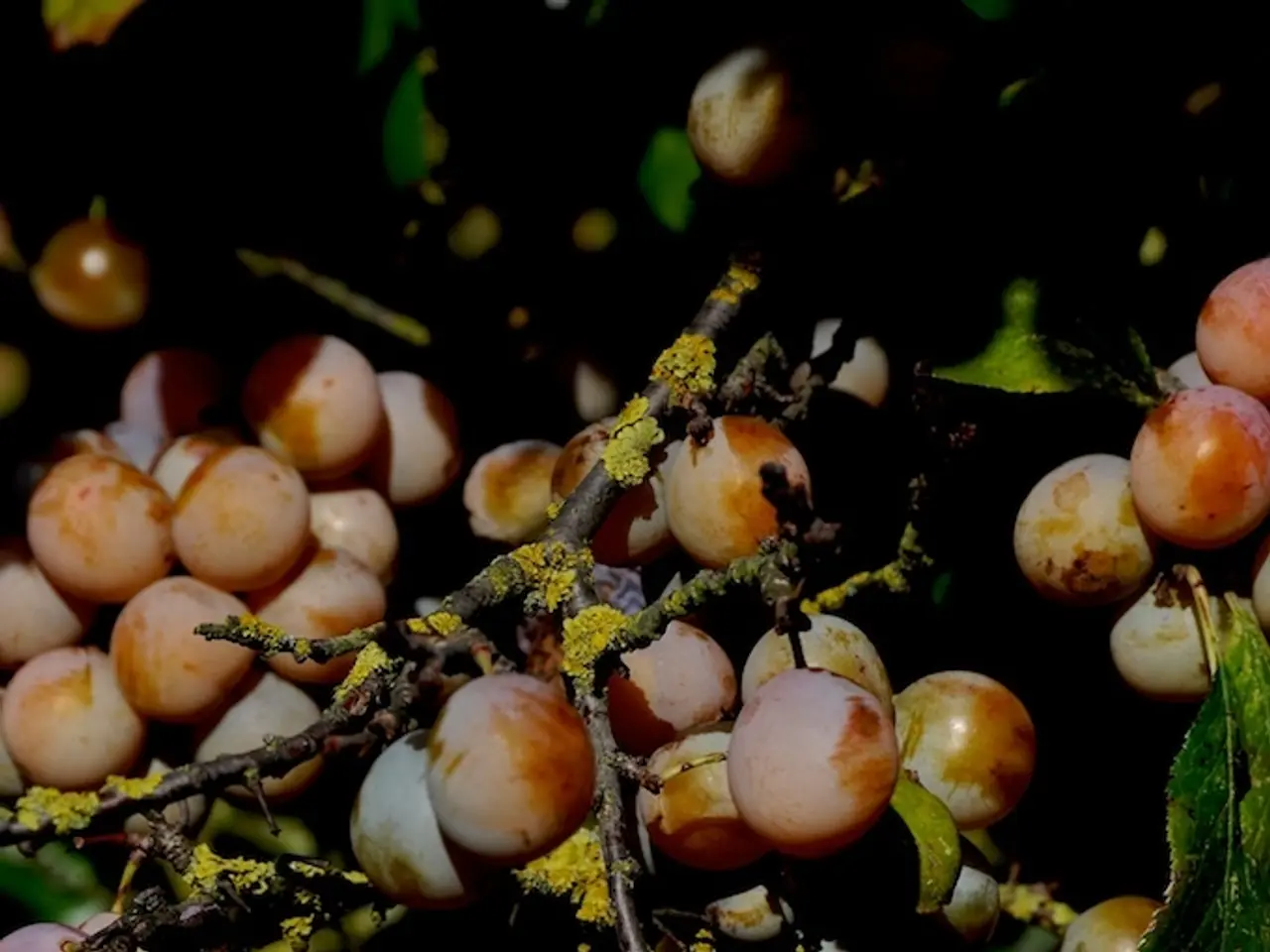Umbrella Plant Propagation Instructions: A Comprehensive DIY Manual
Propagating umbrella plants, also known as Schefflera, can be achieved through various methods, including stem cuttings, air layering, rooting in water, or in soil. This article will focus on the two most effective techniques: stem cuttings and air layering.
Stem Cutting Propagation
To propagate umbrella plants via stem cuttings, select a healthy stem with several leaves. Make a cut just below a node (where leaf meets stem). Allow the cutting to callus over for about 24 hours to reduce rot risk. You can optionally apply rooting hormone or a protective layer such as super glue on the cut end to enhance rooting success.
Place the cutting in water to root or directly in moist, well-draining soil (a mix of potting soil with perlite or sand is ideal for aeration and moisture control). Keep the medium consistently moist but not waterlogged and the environment warm, ideally around 20–25°C (68–77°F). Provide bright, indirect light to encourage root and shoot development without stressing the cutting.
Air Layering Propagation
Air layering is another method suitable for larger, lanky plants like schefflera. Choose a healthy stem and make a small upward cut or wound on the stem about 12-15 cm (5-6 inches) from the growing tip. Wrap moist sphagnum moss or a moistened peat mix around the wound and cover it with plastic wrap or foil to retain moisture.
Keep the moss moist and in bright, indirect light with warm temperatures (around 22°C or 72°F). Roots should develop within several weeks to a couple of months; once visibly rooted, cut below the new root ball and pot the new plant in well-draining soil (sandy, loamy soil works well).
Optimal Conditions for Propagation
| Method | Growing Medium | Environmental Conditions | |--------------|--------------------------|--------------------------------------------| | Stem cutting | Water or moist, well-draining soil (potting mix + perlite/sand) | Warm (20–25°C), bright indirect light, moist (not soggy) medium | | Air layering | Moist sphagnum moss or peat wrapped around wound, then well-draining potting soil after rooting | Warm (around 22°C), bright indirect light, high humidity around wound |
Using these techniques with attention to callusing, moisture, warmth, and indirect light ensures the best success rate for propagating umbrella plants.
The best time to propagate umbrella plants is during the growing season, spring through summer, but they can be propagated any time of the year. To root your umbrella plant in soil, remove any lower leaves and dip the cutting into rooting hormone if you choose, but this is not necessary. Houseplant varieties of schefflera never produce seed.
Stem cuttings can be grown in containers that are sterile with good drainage and at least 2 inches deep. Wrap this ball with plastic wrap and seal around the seams with waterproof tape. Cuttings from umbrella plants will root within a few weeks with air layering propagation not far behind, usually about a month or so.
Your seedlings should be ready to transplant when the roots are around an inch (2.5 cm) in length. Water the cutting and allow it to drain. Keep an eye on root production and change the water entirely every few days when rooting cuttings in water. Use a clear glass or container if possible when rooting cuttings in water.
Umbrella plants are usually propagated vegetatively, without the use of seeds. Remove the plastic when a good root system has formed, and sever the ball of moss and roots from the parent plant. Enjoy your new umbrella plant!
In the realm of gardening, incorporating umbrella plants (Schefflera) into your home-and-garden lifestyle can be achieved by mastering two effective propagation methods, such as stem cuttings and air layering in the home-and-garden setting. Stem cuttings can be grown in moist, well-draining soil or placed in water, offering a straightforward method for propagation and the potential for a new addition to your home-and-garden oasis.



